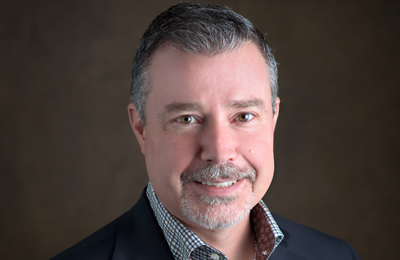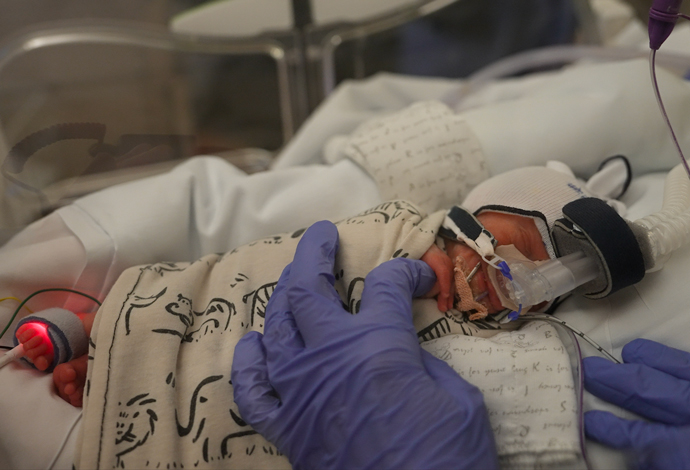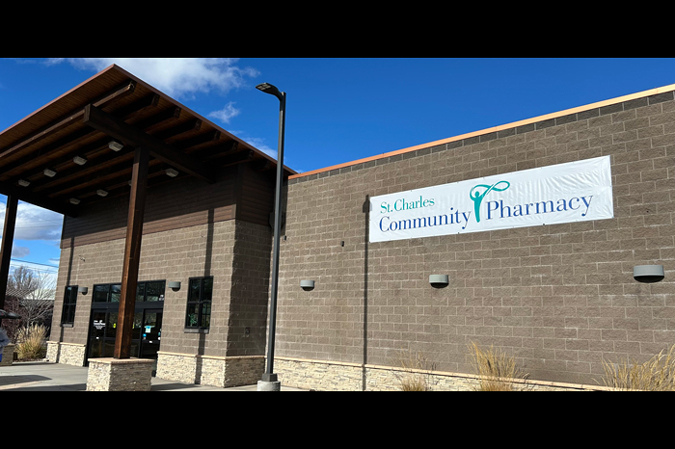Over the past two years, St. Charles caregivers have worked tirelessly to care for the people of Central Oregon when they needed it most: during a global pandemic – a public health crisis unprecedented in our lifetime.
They turned a parking lot into a COVID-19 testing site.
They converted an empty conference room into a community vaccine clinic.
They’ve taken care of the sickest COVID-19 patients in our hospitals and provided the latest treatments at our clinics.
Along the way, St. Charles – with support from the community – did everything we could to take care of our caregivers, so that they could take care of you.
All of that, of course, came at a price:
- Our labor costs have skyrocketed, largely due to our need to bring in expensive contract clinical staff from other areas of the country to help us meet the community’s needs.
- Equipment and supply costs have also increased, as they have in every industry.
- Our surgery volumes have been down for two years, which means significantly decreased revenues.
- Last but not least, we are now paying back federal pandemic relief funds to the tune of more than $1 million every week.
We’ve been working hard to reduce expenses for a few months, and those efforts have helped. But they are not enough to dig us out of this financial hole. We ended the month of April with a $21.8 million loss.
We are now at the point where we have to take additional action to ensure the long-term financial stability of the health system.
It pains me to tell you that we must reduce our workforce this week. We are eliminating 76 positions that were already vacant, but that isn’t enough. We are also reducing 105 positions that will result in layoffs.
First and foremost, that is not just a number. Those are our colleagues and our friends. We are grateful to them for their dedication to our community and we are saddened to see them go.
Over the past few weeks, we have gone through a thorough process in which we compared every area of our organization to industry benchmark standards.
Where we are out of line with those standards, we must make changes. In particular, many leadership positions are being eliminated to bring our structures into alignment with other health systems of our size.
These reductions are projected to reduce expenses by more than $20 million annually.
Still, we will likely end 2022 in the red. It has taken us two pandemic years to get us into this situation, and it will take at least two years for us to recover. And sadly, we are not alone. Organizations across Oregon and the country are facing similar financial challenges.
To the communities we serve, I want to reassure you of a few things:
- We have a responsibility to ensure our community has access to high-quality health care and are focusing these reductions in mostly non-clinical areas to minimize the impact on patients.
- We are still recruiting and hiring new caregivers to rebuild our workforce and reduce our need for expensive contract labor.
- We are reviewing all of our service lines to ensure they are financially sustainable, which could result in additional changes.
While these decisions are incredibly difficult, we are making them because we are committed to becoming a more efficient health system that is well-equipped to continue what we’ve done for the past 104 years: Care for the people of Central Oregon.
As always, we greatly appreciate your support.
Sincerely,
Joe





